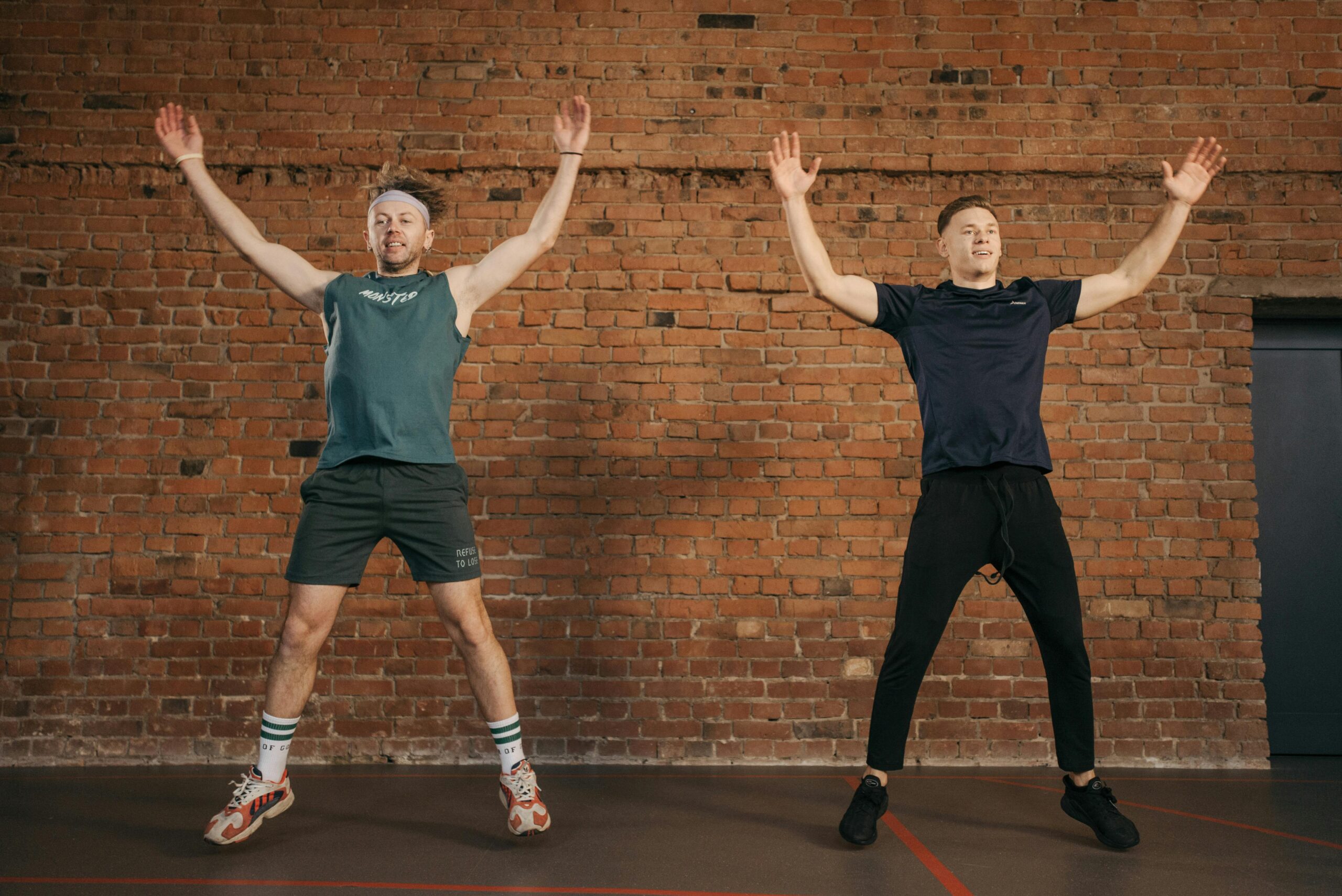Calisthenics For Elderly People: Your Guide to Safe, Effective Workouts
As we age, staying active becomes more important than ever. Calisthenics for elderly individuals offers a safe and effective way to maintain strength, flexibility, and overall health. In this guide, we’ll explore the benefits of calisthenics, address common concerns, and provide a variety of exercises tailored to seniors. Let’s get started on the path to healthier aging!

Why Calisthenics is Beneficial When You’re Older
Calisthenics, or bodyweight exercises, are perfect for older adults because they:
- Improve Strength: Regular exercise helps maintain muscle mass and strength, essential for daily activities.
- Enhance Flexibility: Stretching and movement exercises keep joints flexible, reducing stiffness.
- Boost Balance: Balance exercises can help prevent falls, a common concern for seniors.
- Promote Cardiovascular Health: Moderate-intensity exercises support heart health and circulation.
- Increase Independence: Staying fit enables older adults to perform daily tasks more easily and independently.

Common Concerns With Calisthenics For Elderly People
1. Safety
Safety is a top priority when exercising. Always start slowly, use proper form, and avoid pushing too hard. Consulting a doctor before beginning any new exercise routine is also crucial, especially if there are pre-existing health conditions.
2. Joint Pain
Many seniors worry about joint pain. Calisthenics for elderly individuals often includes low-impact exercises that are gentle on the joints, helping to alleviate pain rather than exacerbate it.
3. Lack of Experience
If you’re new to exercising, don’t worry! Calisthenics is a great way to start because it requires no special equipment and can be done at home. Start with simple exercises and gradually increase intensity as you become more comfortable

Calisthenics Exercises For The Elderly
1. Chair Squats
- How to Do It: Stand in front of a chair with feet shoulder-width apart. Lower your body into a seated position, then stand back up.
- Benefits: Strengthens the legs and improves balance.
2. Wall Push-Ups
- How to Do It: Stand facing a wall with your hands shoulder-width apart on the wall. Bend your elbows to bring your chest towards the wall, then push back to the starting position.
- Benefits: Builds upper body strength and is gentle on the wrists and shoulders.
3. Heel Raises
- How to Do It: Stand with feet hip-width apart, holding onto a chair or wall for balance. Lift your heels off the ground, then lower them back down.
- Benefits: Strengthens the calves and improves balance.
4. Marching in Place
- How to Do It: Stand tall and lift your knees alternately as if marching, holding onto a chair for support if needed.
- Benefits: Boosts cardiovascular health and enhances leg strength.
5. Seated Leg Lifts
- How to Do It: Sit in a chair with your feet flat on the floor. Extend one leg straight out, hold for a few seconds, then lower it back down. Repeat with the other leg.
- Benefits: Strengthens the quadriceps and improves flexibility.
6. Arm Circles
- How to Do It: Stand or sit with arms extended out to the sides. Make small circles with your arms, gradually making the circles larger.
- Benefits: Improves shoulder flexibility and strengthens the arms.
7. Toe Touches
- How to Do It: Stand with feet shoulder-width apart. Slowly bend forward at the hips to touch your toes (or as far as you can comfortably reach), then stand back up.
- Benefits: Enhances flexibility in the back and hamstrings.
8. Side Leg Raises
- How to Do It: Stand beside a chair, holding onto it for balance. Lift one leg out to the side, hold for a few seconds, then lower it back down. Repeat with the other leg.
- Benefits: Strengthens the hip muscles and improves balance.
9. Neck Stretches
- How to Do It: Sit or stand with good posture. Gently tilt your head to one side, bringing your ear towards your shoulder. Hold for a few seconds, then switch sides.
- Benefits: Reduces neck stiffness and improves flexibility.
10. Ankle Circles
- How to Do It: Sit in a chair with feet flat on the floor. Lift one foot off the ground and make circles with your ankle. Repeat with the other foot.
- Benefits: Improves ankle flexibility and circulation.

Tips for a Successful Calisthenics Routine
- Start Slow: Begin with a few exercises and gradually add more as you become stronger and more comfortable.
- Stay Consistent: Aim to exercise at least 3-4 times a week for the best results.
- Listen to Your Body: If an exercise causes pain, stop and consult a healthcare professional.
- Stay Hydrated: Drink plenty of water before, during, and after your workout.
- Warm-Up and Cool Down: Always start with a warm-up to prepare your muscles and end with a cool down to prevent stiffness.

Sample Calisthenics Routine for Elderly
Here’s a simple routine to get you started:
- Warm-Up: March in place for 3-5 minutes.
- Chair Squats: 2 sets of 10-12 reps.
- Wall Push-Ups: 2 sets of 8-10 reps.
- Heel Raises: 2 sets of 10-12 reps.
- Seated Leg Lifts: 2 sets of 8-10 reps per leg.
- Arm Circles: 2 sets of 10-12 reps.
- Toe Touches: 2 sets of 8-10 reps.
- Side Leg Raises: 2 sets of 10-12 reps per leg.
- Neck Stretches: Hold each side for 15-20 seconds.
- Cool Down: Gentle stretching for 5-10 minutes.

Calisthenics For Elderly People – Conclusion
Staying active is crucial for healthy aging, and calisthenics for elderly individuals provides a safe, effective way to stay fit. By incorporating these simple exercises into your routine, you can improve strength, flexibility, balance, and overall health. Remember to start slowly, listen to your body, and consult a healthcare professional if you have any concerns.
Maintaining a regular exercise routine will not only enhance your physical health but also boost your mood and energy levels. So why wait? Start your calisthenics journey today and enjoy the benefits of a healthier, more active lifestyle.




